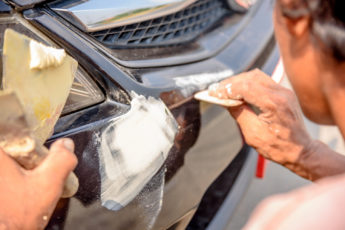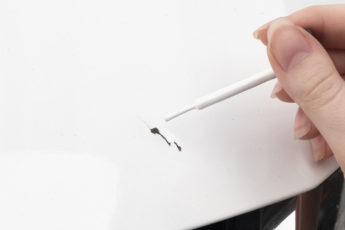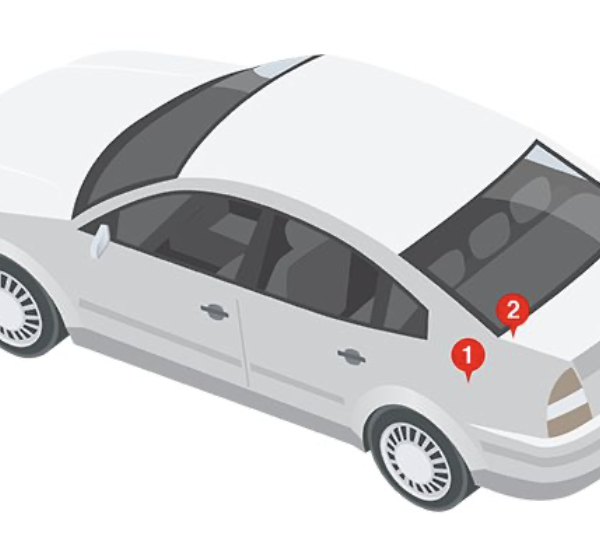What is Regular Vehicle Maintenance?
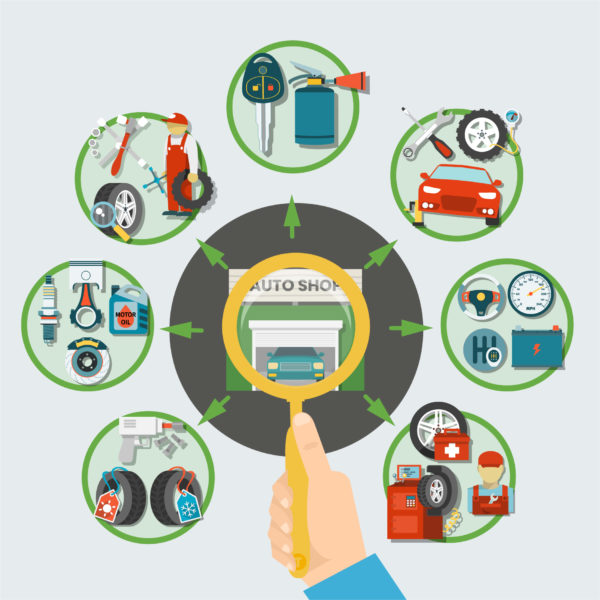
What is Regular Maintenance?
Regular maintenance and cleaning is important to keep your vehicle looking good and running well. But it’s also important for safety reasons, keeping its resale value up, and even to increase fuel efficiency. It can be easy to let these simple tasks slide, but every little thing counts. And when they add up, they make a big difference.
In this article we’ll walk you through some of the regular maintenance you should be performing on your vehicle and showing you why it’s so important that you do so. After, you should have a better understanding of how (and why) to keep your vehicle in optimal condition.
To start things off, we’ll give you a broad sense of what types of things you should be doing for your vehicle, and how often you should be doing them to keep it running as safely, efficiently, and smoothly as possible.
Every Month
- Clean Interior
- Wash and Wax Exterior
- Refill Windshield Washer Fluid
- Check Tire Pressure
- Check Tire Tread
Every 3 Months
- Check Serpentine Belts
- Clean Air Filter
- Check Fuel Filter
- Check Exhaust
- Check Hoses
- Replace Power Steering Fluid
Every 6 Months
- Check Timing Belt
- Test Battery
- Check Brake Fluid
- Check Brake Pads/Shoes
- Check Brake Rotors
- Check Coolant (antifreeze)
- Check Transmission Fluid
- Replace Wiper Blades
Every Year
- Replace Cabin Air Filter
- Check Power Steering Fluid
- Check Steering and Suspension (alignment)
That’s the what, now here’s the why:
Drive Faster
This is one of the less important issues, but it’s certainly one of the more interesting. A regularly maintained drivetrain suffers less energy loss from gunk and grime building up. That means your engine runs better (and faster) when it’s clean. When your fluids are all maintained, and your tires are properly inflated. All of these issues affect how efficiently energy is transferred from the explosion of gasoline to the rotation of your tires. More maintenance, means a faster ride. It’s that simple!
Spend Less on Gas
You have to spend money to make money, and that’s true of regular car maintenance as well. By sticking to the regular checkups we outlined at the top of this article, you’ll spend less on gas because you’ll burn less of it. Sticking to your vehicle’s recommended fuel type, maintaining recommended tire pressure, and regularly changing your motor oil have all been proven to increase fuel economy in any vehicle. Replacing your air filter can help too. And if you really want to get into the weeds, give your fuel injectors an ultrasonic bath. These changes cost money, sure, but don’t forget that they save money as well.
It’s All About Your Fluids
Your vehicle’s fluids are absolutely crucial. From hydraulic systems, to lubrication, they all serve a unique and important function. Below are some of the fluids you should keep an eye on and replace or top off as needed to keep your vehicle running well throughout its life.
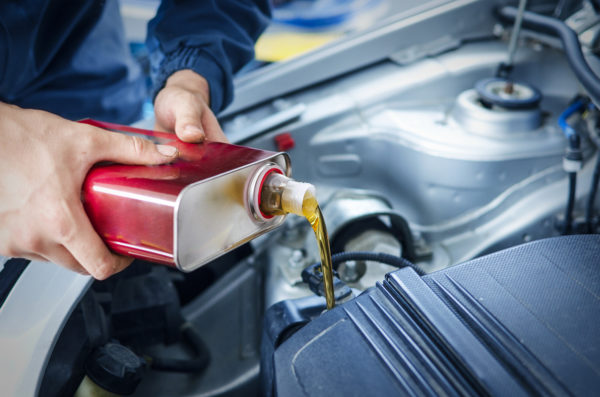
Oil:This is the big one, and probably the one you’re already familiar with. To check your oil, pop the hood and remove the dipstick. Wipe it clean, then re-dip it. If the oil is in the “safe” zone, you’re fine. You should check it about once a month, and most modern cars with synthetic oils are good for around 5,000 miles between changes.
Transmission Fluid:Transmission fluid is what keeps the gears in your car running and changing smoothly. Unlike some other fluids, it won’t ever get low unless something is wrong. Instead, think of transmission fluid kind of wearing out. You check it similarly to how you check your oil. And, when you check it, it should be bright red and not smell like burning. If it is starting to turn orange or brown, and smells a little burnt, it’s time to take it to the mechanic.
Brake Fluid:Just like your transmission fluid, this should never be low. If it is, don’t drive your vehicle, contact a mechanic. If your brakes feel funny, check this first. Pop the hood and look for the container (it’s semi-transparent) on the driver side. It should be golden and full. If it’s brown and/or low, you’ve got a problem.
Power Steering Fluid:This one is pretty easy to check because most of the time you’ll feel it in the steering of the car. It will creak slightly or make strange sounds. Pop the hood to check the levels, but if it looks low, it’s worth taking to your mechanic to have them take a look.
Coolant: Most commonly referred to as antifreeze, this is what keeps your vehicle running cool. Without it (or without fresh coolant), you run the risk of overheating. You should check your coolant levels 2 or 3 times a year, and replace it every 2 or 3 years.
Dirt Slows You Down
In addition to keeping your car looking great, regularly washing and waxing your vehicle can actually make it more aerodynamic! We didn’t believe it either, but the Mythbusters tackled the myth that a dirty car acts like the skin of a golf ball. It turns out that isn’t true. Dirty cars increase aerodynamic drag by as much as 10% which is definitely a noticeable amount when it comes to your bill at the fuel pump. So remember: if you want to look good and save money, clean regularly. The same rule that applied to you when you were a grubby little kid now applies to your car as well.
Brake it Down
Brakes are a tricky thing to keep track of because so many motorists’ driving conditions vary. A light car that travels mostly on the freeway won’t wear down its breaks nearly as fast as a heavy car that is in stop and go traffic in a city. You should perform regular break checks on your vehicle to avoid any problems with this crucial component. In most modern vehicles, a service light will illuminate when it’s time for you to check your brakes. However, it’s a good idea to keep an eye out for any leaking fluids and to listen for any grinding noises. These can indicate serious problems, and you should have your mechanic take a look immediately.
Go to the Shop to Avoid the Shop
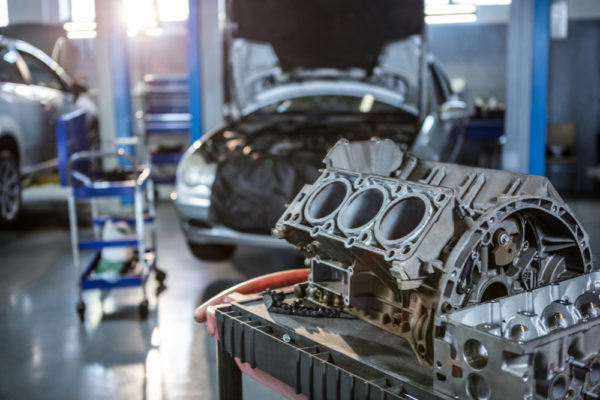
An unseen cost to neglecting the maintenance of your vehicle is the simple cost of not having a vehicle. Every day that you have your vehicle in the shop getting belts replaced, or something more serious like your engine seizing up costs you money. Not just repair costs, though. You have to rent a car or use ride share services to get around. These additional costs add up quickly. Even though it seems like regular maintenance is money you don’t get back, you’re really paying to avoid even bigger costs.
Extend the Lifespan of Your Paint Job
Most people don’t think of washing and waxing as maintenance, per se. But your paint job is absolutely one of the most important parts of your car. Just because it doesn’t affect how the car moves, it doesn’t mean it doesn’t require some TLC. A good rule of thumb is to wash your vehicle every 2 to 3 weeks. This will vary with use and the climate where you live. You’ll want to wax about every 6 months. If your paint gets any scratches or dings, take care of it right away by using a touch up paint pen to repair the damage to the paint. Small scratches or dings in your paint can lead to larger issues later on. There’s a lot more to learn, of course, and you can start at our handy article: Paint Care, Dummy!
Invest in Resale Value
The most black and white reason to regularly maintain your vehicle is to keep its resale value as high as possible. Sure, there’s lots of reasons to do it, but if you’re looking for inarguable proof: it’s in the price. As an example, we’ll look a the gold standard for automotive resale values: Kelley Blue Book. If we look at a 2015 Audi A4 as an example. The same car with the same options and the same mileage will sell for as little as$17,700 in fair condition. However, if you regularly keep up its maintenance, you can expect much more. According to Kelly Blue Book, somewhere in the neighborhood of $22,300 in excellent condition.
Keep the Rubber Side Down
Tires are one of the most overlooked aspects of vehicle maintenance. The two prongs of keeping your tires in order are: 1) tire pressure and 2) tire tread. They are both easy to check, and also both important to maintain. There’s a great trick over at Lifehacker to check your tread using a penny. “Turn the penny head down and stick it between your tire tread. If you can see Lincoln’s head fully, your tires legally need to be replaced.” For tire pressure, most modern vehicles have tire pressure monitoring systems built in. If yours doesn’t, invest a few bucks in a tire pressure gauge and keep it in your glove box.
Wipe it Up
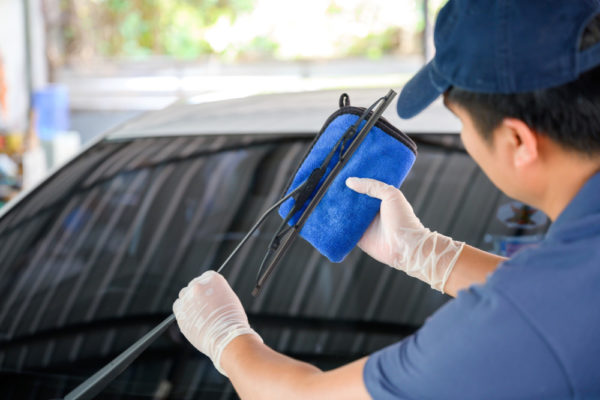
Windshield wipers are cheap and easy to fix. But the problem is, most people simply don’t know how. They are arguably some of the most important equipment on your vehicle. After all, if you can’t see, it doesn’t much matter how everything else is working in your car! Before you decide to replace them, run a rag over them to wipe and debris and dirt away. Sometimes this is enough. If they’re still not doing the job, then you’ll want head to your local auto shop with the year, make, model and trim of your car. This information is crucial. With it, they’ll be able to fit you out with new blades which you can install yourself by hand.
Check Your Manual
The information in this article has been pretty generalized, and that’s on purpose. The advice here applies to most of the vehicles our customers are going to own. However, different vehicles have different quirks and requirements, so even if you’re following the advice of this article to the letter, it’s still a good idea to crack open your owner’s manual and make sure you’re on the right track. For example, a diesel truck used for towing a boat regularly has a different maintenance schedule than a Prius that only gets highway miles on it. If you don’t have your manual handy, check out this site:Just Give Me The Damn Manual.
Finally, Keep a Log
Keeping a maintenance log is a great way to prove how well you’ve taken care of your vehicle when it comes time to sell it. In addition to helping increase the resale value, though, it’s a handy reminder of the various maintenance tasks required (and when they’re required). Make sure and save all your receipts for any work you have done to your vehicle, any oil changes, filter changes, or anything of that nature. Back in the day, we would keep a little notebook with all this information in it. But, like so many things these days, now there’s an app for it!
And that’s it! More or less. There’s always more you can learn when it comes to maintenance. Even professional mechanics don’t know everything But if you stick to these tips (with an eye toward the owner’s manual), you should be setting yourself up for success and a long, happy, well maintained life with your vehicle. Until, that is, you decide to trade it in for a nice high resale value! Happy driving!

 Cart
Cart
 Help Desk
Help Desk

